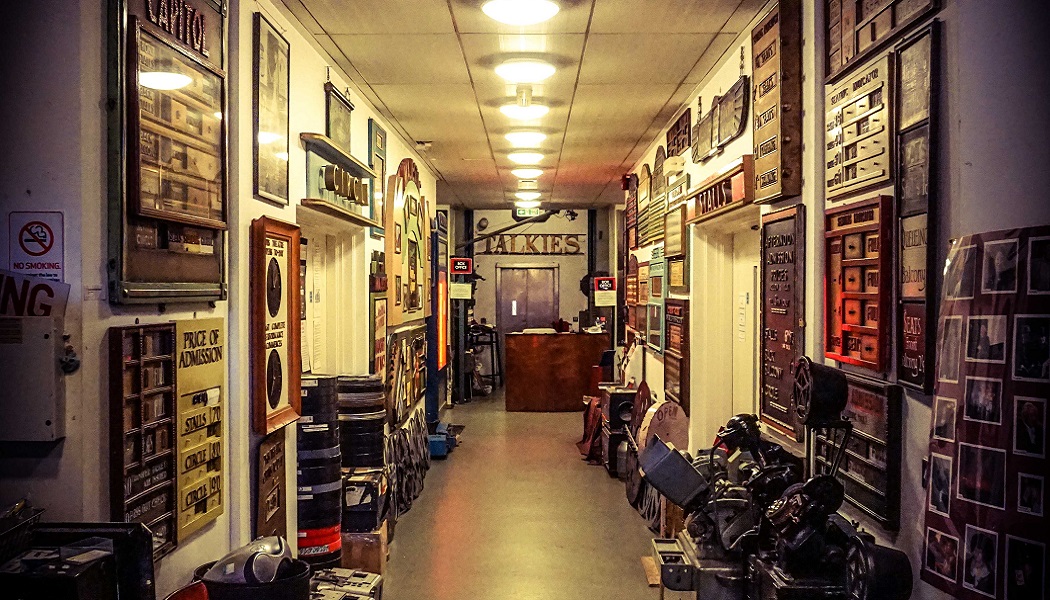
Two, Lorelei (“Rorerai,” director: Higuchi Shinji) and Samurai Commando: Mission 1549 (“Sengoku Jieitai 1549,” director: Tezuka Masaaki), are outright fantasies, albeit ones that offer alternative narratives of historical wars (World War II in the former, the sixteenth century civil wars in the latter).Īnother, Aegis (“Bokoku no ijisu,” director: Sakamoto Junji), depicts a potential scenario for Japan’s current military forces and the last one, Yamato (“Otokotachi no Yamato,” director: Sato Jun’ya), presents a spectacular and rather melodramatic retelling of the last days of the famed battleship Yamato in World War II. With the issue of the nation and its ability to fight war, currently prohibited by Article 9 of the Japanese constitution, being vigorously challenged by the ruling party and the right, in part through actual deployment of Self-Defense Forces in Iraq and other danger zones, it is significant that the year 2005 saw the release of four big budget spectaculars offering particular visions of Japanese fighting wars.


It comes as no surprise that the recent resurgence of neo-nationalist thought in Japan would find expression in cinema. Fantasies of War and Nation in Recent Japanese Cinema


 0 kommentar(er)
0 kommentar(er)
